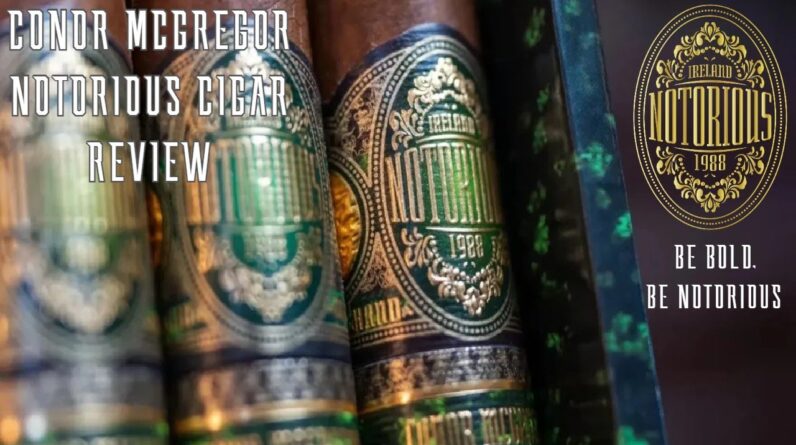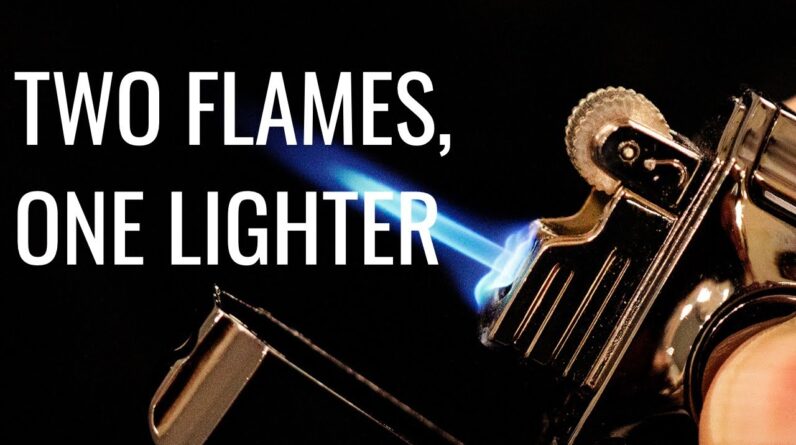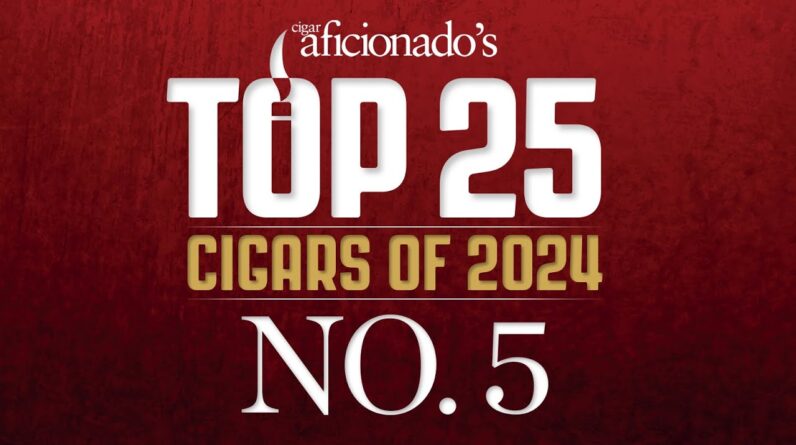Reinier Lorenzo, who hadn’t completely lost his voice by Day 3, talks about his new HVC Hot Cake Golden Line. It will begin shipping to stores this July.
For more coverage of the PCA 2023 Convention & Trade Show, please visit: halfwheel.com
Twitter —
Facebook —
Instagram —

A Guide to Cigars
Cigars are the natural expression of tobacco and of the soil where it’s grown. Their artisanal nature is evident in their appearance, construction, aroma, and flavor, which are all a result of the tobacco’s unique qualities. It’s also important to note that cigar smoking is not just a pastime; it can offer health benefits such as stress relief, social bonding, and even help reduce a person’s risk of serious oral health problems like gum disease or dental caries.
Cigar makers work diligently to ensure consistent quality from year to year, but because the climate and soil are so unpredictable, there will always be slight variations from cigar to cigar. However, these minor variations are a good thing. They help smokers develop a sense of familiarity with the characteristics of their favorite tobaccos and help them build an association between happy memories and their cigars.
The most common type of cigar is called a parejo, which has a straight, cylindrical shape that’s commonly hand-rolled. It has two ends, one capped with a head or cap (also known as a pigtail), and the other capped with a band indicating its type. The cap end must be cut or pierced for the cigar to be smoked.
The vast majority of cigars are made with filler tobacco, which is the part of the tobacco that’s surrounded by the wrapper and binder. Filler tobacco can be made from several different types of tobaccos and is a place where cigar makers can get creative and experiment with their blends.






